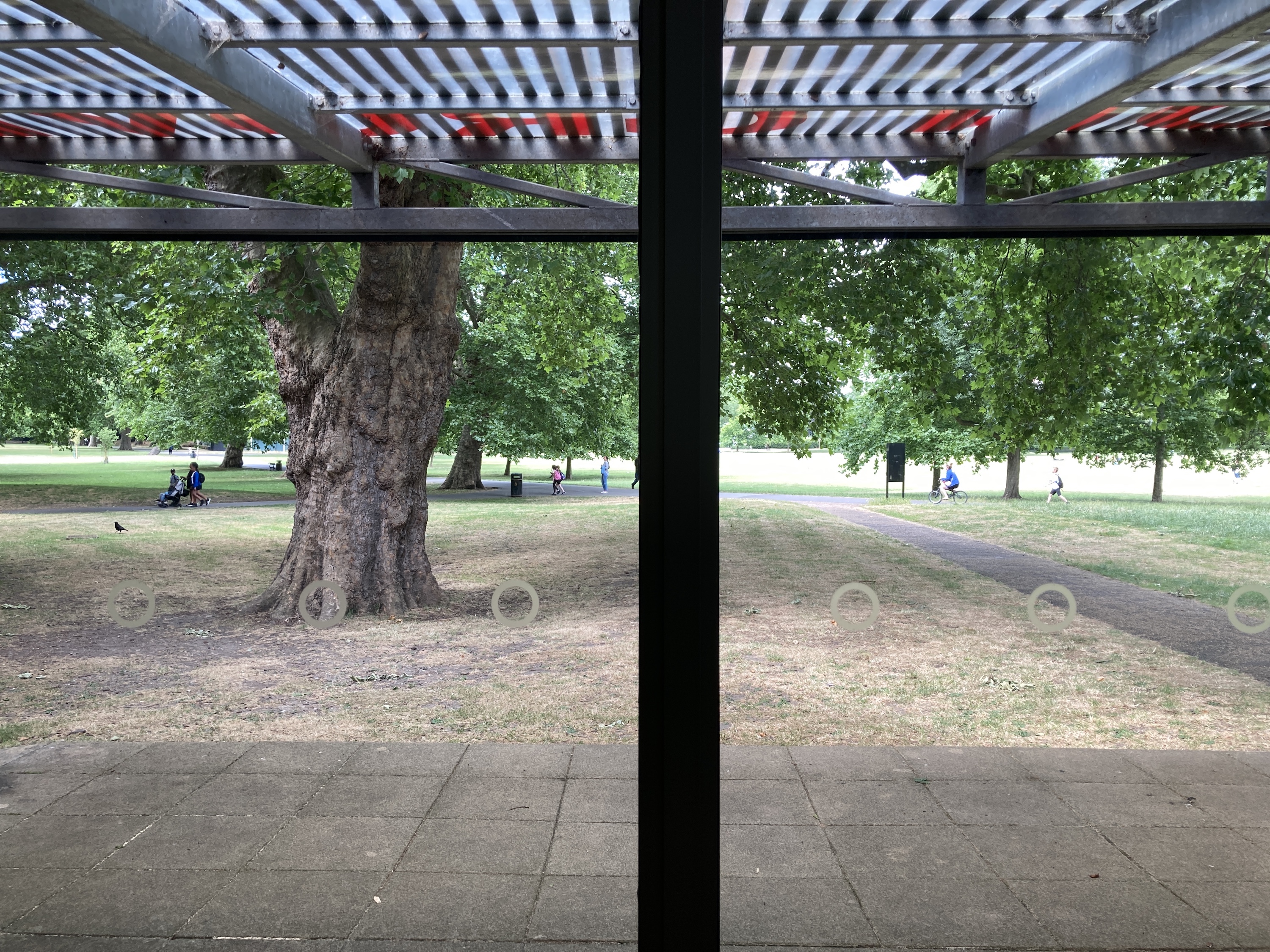Chris Kraus suggested a couple of years ago that art criticism might soon be replaced by conversations around art. The sentiment reflects one tendency in the culture: broadly speaking, the shift away from individual pronouncements on objects produced by solitary geniuses and towards communal discussions around the products of communities and co-operatives (even if expressed in the work of a single artist). This more pluralistic future—in which both the production and reception of art are understood to be collective endeavors—is to be hoped for and worked towards. In many senses, of course, it has already arrived.
Today’s dramatically altered media landscape means that no-one must any longer rely on a single authority for information on what is being presented in galleries, museums, and elsewhere. Access to exhibitions in other cities is not limited to a short review and a black-and-white installation shot in one of a handful of print publications. Now, our feeds are filled with snapshots from the previews captioned with expressions of support or dissent. This brings significant benefits: we learn about shows that we might never have heard about elsewhere, filtered through a variety of perspectives, and the conversation accommodates voices that might not otherwise have been heard.
But conversations also have characteristics which dictate what is said within them. We take positions, modulating what we say with reference to what has been said before and how it is liable to be received by our presumed audience. Every contribution to the debate is also a public statement of our own convictions. Any conversation which is not open to alternative opinions can quickly become self-reinforcing, and the possibility of constructive dialogue is lost. Our responsibility, as editors, is to foster open debate within contextual frames of shared reference, and in doing so work against the processes that lead to the hardening of positions and the establishment of a consensus to be policed.
It’s worth reiterating here that publications are not vehicles through which to prosecute a single idea or political conviction, but containers capable of holding a variety of stories. In that sense, they are closer to Ursula K. Le Guin’s “carrier bag” than an ideological weapon: a form that inclines naturally to complexity, multiplicity, and eclecticism. Reviewing Natasha Soobramanien and Luke Williams’ collaborative novel Diego Garcia last month, Orit Gat wrote that stories are “collective enterprises.” The history of art is one such story, of course, a framework capable of accommodating different accounts of the world. This model can be applied to a single exhibition, as with our ongoing coverage of Documenta 15, for which we have commissioned several responses to this sprawling, conflicted, and vastly ambitious project that will be published as it unfolds over time. A multi-faceted endeavor is, after all, best appreciated from a variety of angles.
A critical publication gathers stories together, but it does not constrain them. It is designed to contribute to existing debates and provoke new ones. It spills out beyond its own borders, is taken up by others. “Conflict, competition, stress, struggle, etc,” wrote Le Guin against the idea that fictional narratives can be reduced to the conflicts they depict, “may be seen as necessary elements of a whole which itself cannot be characterized either as conflict or as harmony, since its purpose is neither resolution nor stasis but continuing process.”1 It is this spirit of collective enterprise and conversation—neither pure conflict nor perfect harmony—that we hope to advance.
Each month, to accompany the editors’ letter, we publish a photograph from an artist’s place of work. This month we feature Appau Jnr Boakye-Yiadom, a London-based artist whose work across multimedia installation, performance, video, sound, and improvised music explores ideas around exchange and cultural collision. The artist took this photograph while installing the exhibition “Before: Socialized, Circularized, Linearized, Artificialized, Corrupt Time,” which opens at London’s Southwark Park Galleries on July 9.
Ursula K. Le Guin, “The Carrier Bag Theory of Fiction” in Dancing at the Edge of the World (New York: Grove Press, 1989), 165.
